News Beat
News Beat reporting is an idrw.org initiative to let our Readers to report News Based on Actual facts but some how has not been reported in Main Stream Media .
SOURCE: RAUNAK KUNDE / NEWS BEAT / IDRW.ORG
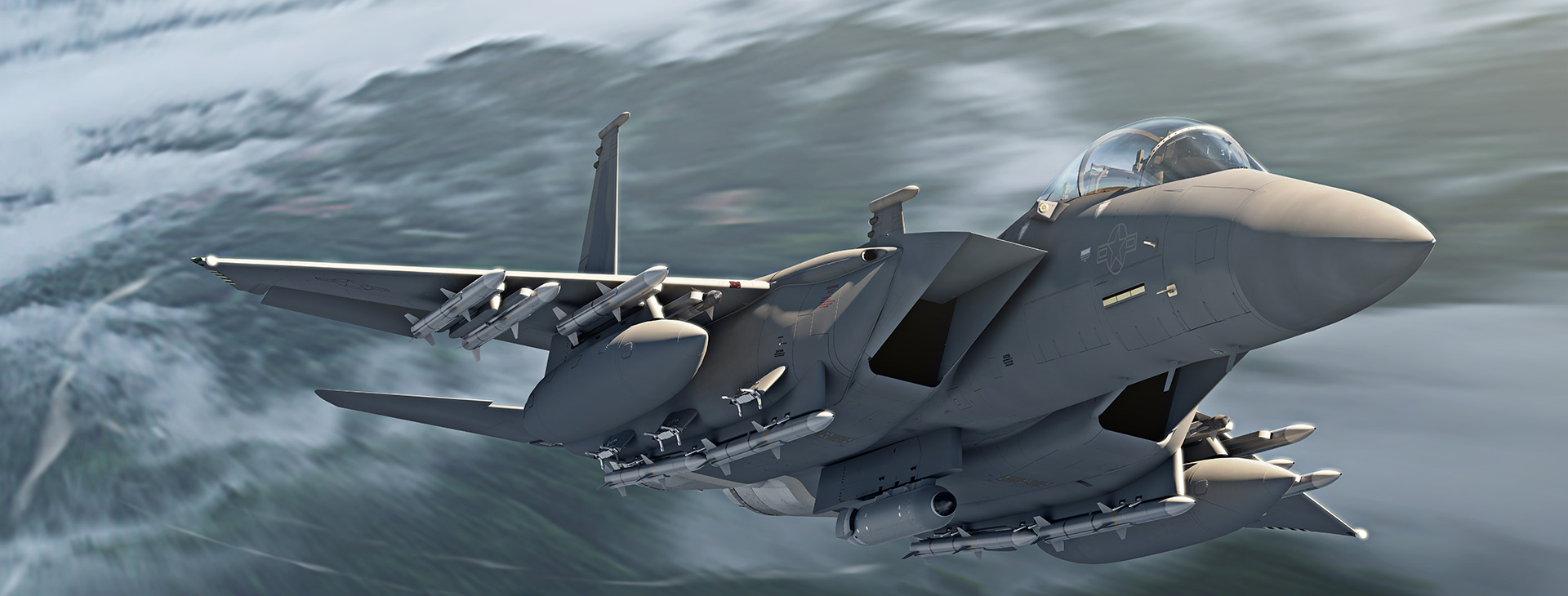
The upcoming multinational air exercise Tarang Shakti in August 2024 will see the participation of the United States Air Force (USAF), with the F-15E Strike Eagle taking centre stage. This deployment holds particular significance for India, as Boeing has offered the F-15EX, a more advanced variant of the F-15E, for the Indian Air Force’s (IAF) Multi-Role Fighter Aircraft (MRFA) tender.
While the F-15E participating in Tarang Shakti isn’t the exact variant offered for the MRFA, it provides a valuable opportunity for the IAF to witness the Strike Eagle’s capabilities firsthand. The F-15E boasts a proven track record as a dual-role fighter bomber, capable of air-to-air combat and long-range precision strikes.
Continue readingSOURCE: RAUNAK KUNDE / NEWS BEAT / IDRW.ORG
India’s efforts to develop a Laser Ordnance Disposal System (LORDS) have seen some progress, with the Acceptance of Necessity (AoN) granted for two variants: LORDS-N and LORDS Mk1. However, details regarding their current deployment status remain undisclosed.
LORDS is a Directed Energy Laser System designed to neutralize unexploded ordnances (UXOs), surface-laid mines, improvised explosive devices (IEDs), and other above-ground explosive threats. This innovative system operates from safe stand-off distances ranging from 30 to 250 meters, safeguarding personnel from the dangers of bomb disposal.
Continue readingSOURCE: RAUNAK KUNDE / NEWS BEAT / IDRW.ORG

The Aeronautical Development Agency (ADA) under DRDO has achieved a significant milestone in the development of India’s indigenous 5th-generation fighter jet, the Advanced Medium Combat Aircraft (AMCA). Dr. Samir V. Kamat, Secretary DD(R&D) and Chairman of DRDO confirmed that the crucial process of stealth shaping for the AMCA has been finalized.
Dr. Kamat emphasized the importance of shaping in achieving low radar cross-section (RCS), a defining characteristic of stealth aircraft. He explained that roughly 70% of a fighter jet’s stealth capability stems from its shaping, with the remaining 30% contributed by specialized materials.
Continue readingSOURCE: RAUNAK KUNDE / NEWS BEAT / IDRW.ORG
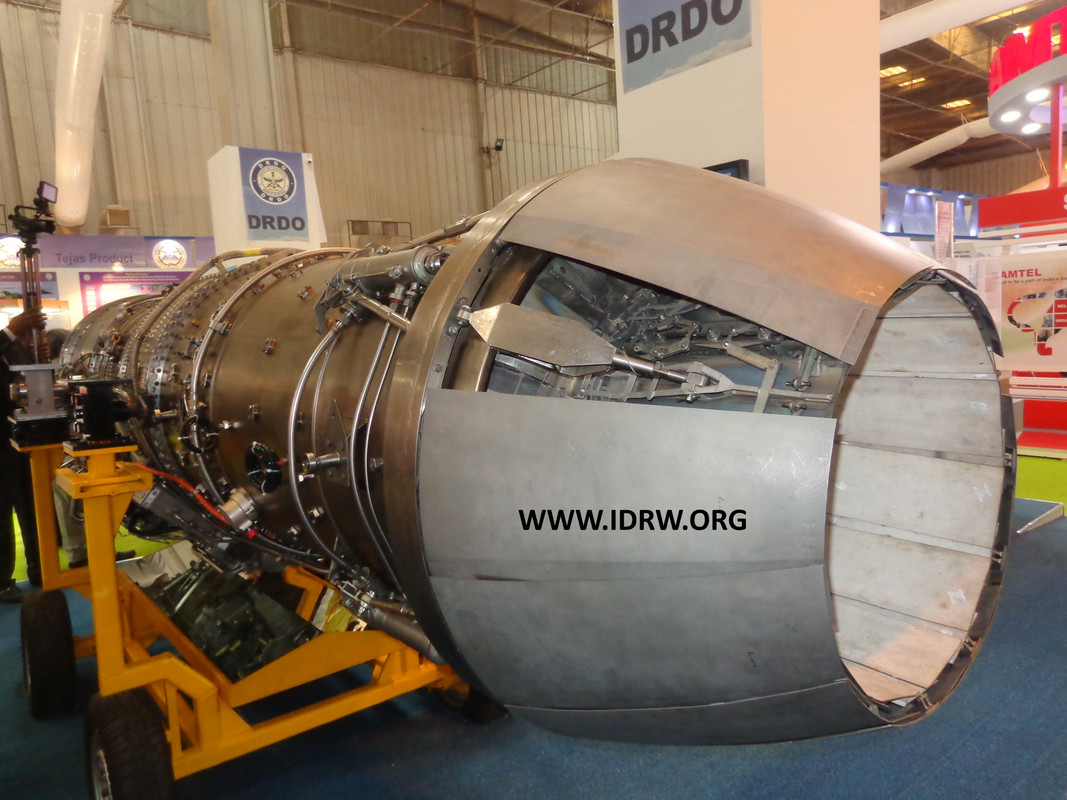
In a major advancement for India’s indigenous jet engine program, the Kaveri derivative engine, which is being designed to be mated with a new afterburner module, is set to see a significant reduction in weight.
The Defence Research and Development Organisation (DRDO) has made notable strides in the development of the Kaveri derivative engine. Through meticulous engineering and innovative design, the weight of the engine, along with the afterburner section, has been reduced from earlier prototypes. The current combined weight stands at approximately 1180 kg, down from 1235 kg, and significantly less than the initial prototypes which weighed over 1400 kg.
Continue readingSOURCE: RAUNAK KUNDE / NEWS BEAT / IDRW.ORG
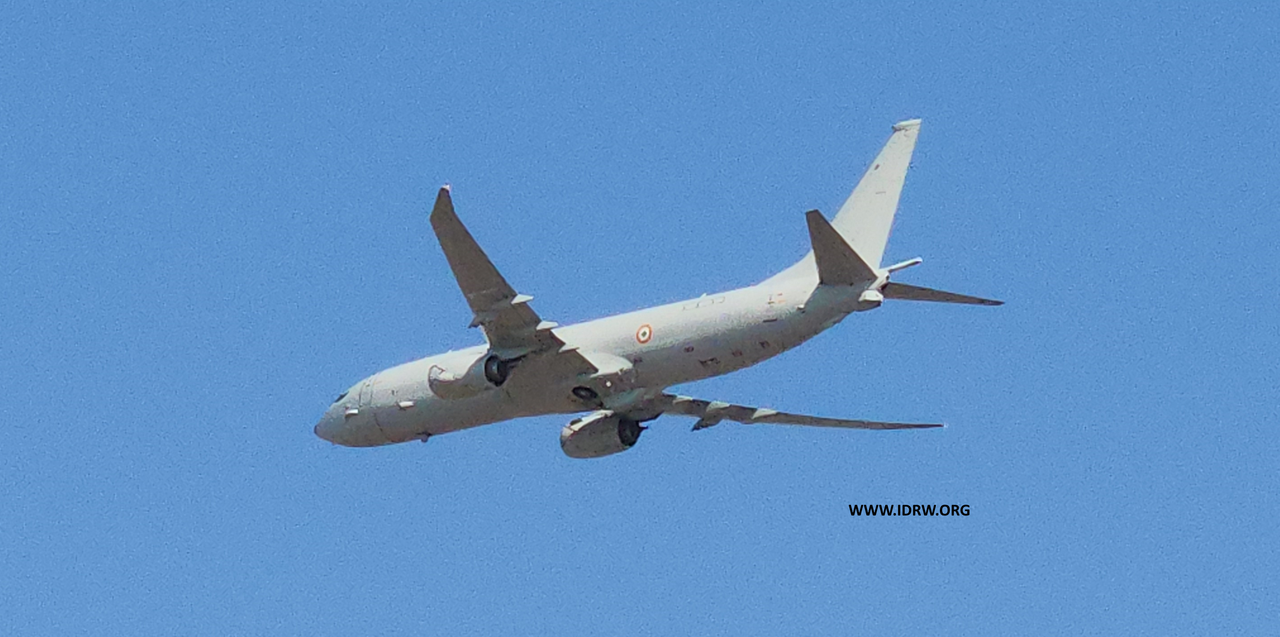
The Naval Science and Technological Laboratory (NSTL) of India has made significant progress in bolstering the country’s anti-submarine warfare capabilities. Their indigenously developed Advanced Light Torpedo (ALWT) is set to be integrated with the P-8I maritime patrol aircraft, significantly enhancing India’s aerial anti-submarine defence.
The ALWT is a lightweight, dual-speed torpedo designed for launch from various platforms, including ships, helicopters, and now, fixed-wing aircraft. Previously, NSTL had successfully tested an air-launched torpedo prototype in 2021 using the Il-38 maritime patrol aircraft fleet, which has since been retired.
Continue readingSOURCE: RAUNAK KUNDE / NEWS BEAT / IDRW.ORG
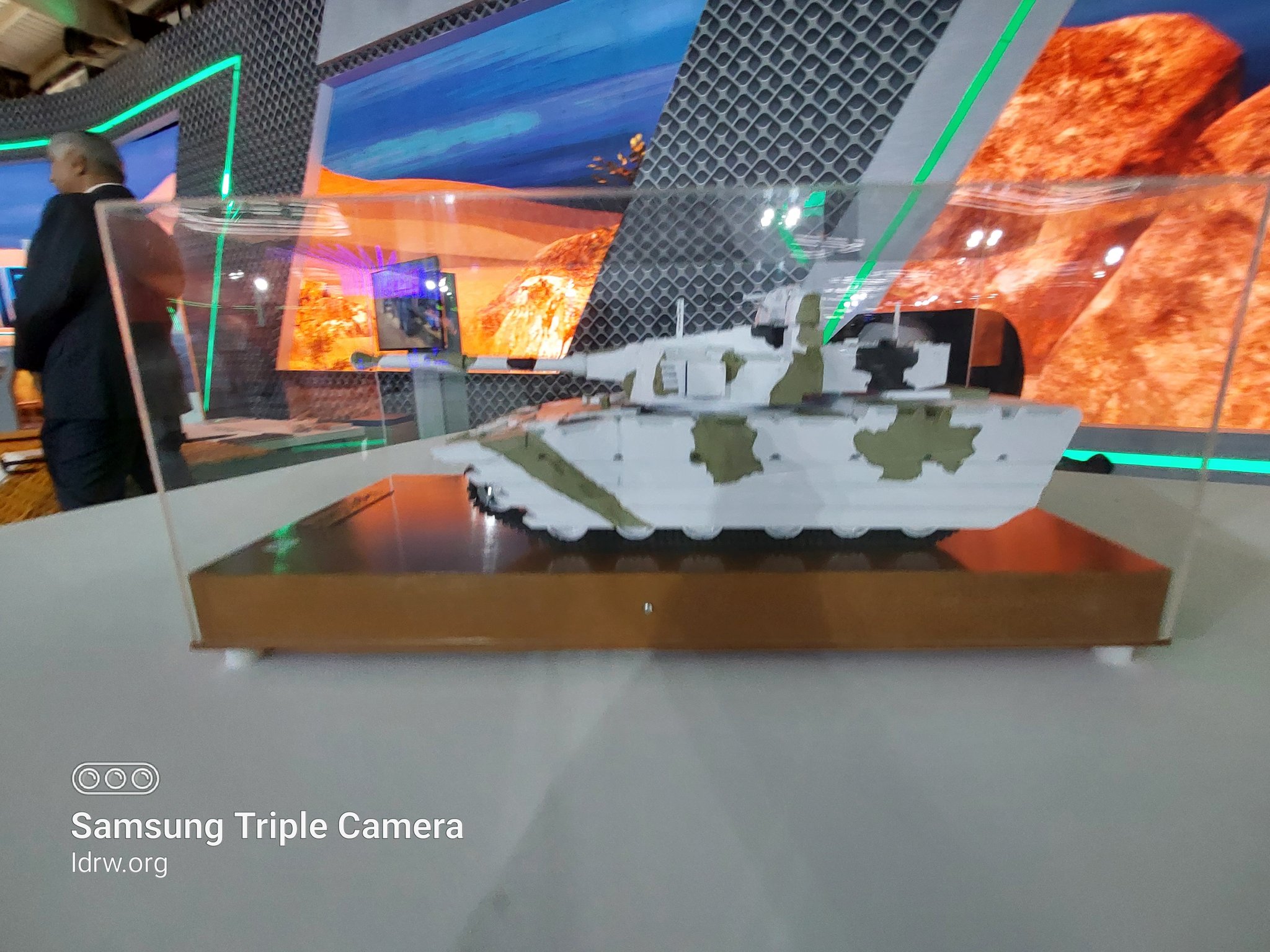
Dr. Samir V. Kamat, Secretary of Defence Research and Development (DD R&D) and Chairman of the Defence Research and Development Organisation (DRDO), has provided a significant update on India’s ambitious Light Tank program.
According to Dr Kamat, the internal development trials for the Light Tank, which began earlier this year, are expected to conclude within the next one to one and a half years. Following these trials, the tank will be offered to the Indian Army for user trials, with hopes for induction by 2027.
Continue readingSOURCE: RAUNAK KUNDE / NEWS BEAT / IDRW.ORG

Armenia is expanding its defence procurement strategy by looking to secure a wider array of military products from India, including advanced military drones and midrange surface-to-air missiles. As reported by idrw.org, Armenia has already acquired the Akash 1S Surface-to-Air Defense System and is considering additional systems such as the Indo-Israeli Medium-Range Surface-to-Air Missile (MR-SAM) and the Akash-NG Medium-Range Surface-to-Air Defense System.
While India is yet to commence the delivery of the Akash 1S system to Armenia, these deliveries are expected to begin next year. The Akash 1S is a sophisticated air defence system capable of targeting aircraft up to 30 km away, providing a robust shield against aerial threats.
Continue readingSOURCE: RAUNAK KUNDE / NEWS BEAT / IDRW.ORG
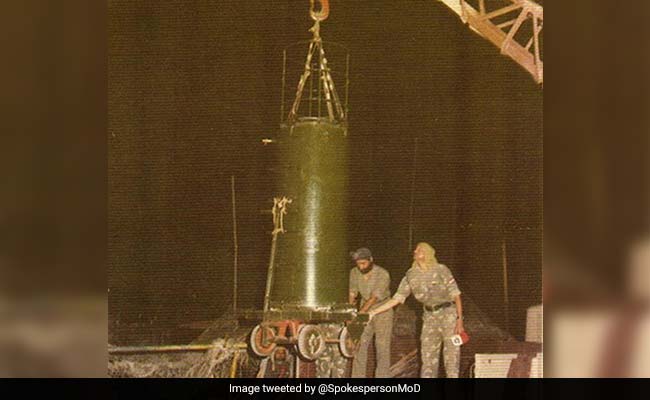
The Stockholm International Peace Research Institute (SIPRI) has released its annual assessment of nuclear weapons across the nine nuclear-armed states: the United States, Russia, the United Kingdom, France, China, India, Pakistan, North Korea, and Israel. According to SIPRI’s latest report, India’s nuclear weapons inventory is estimated to be around 172 stored warheads, including its military stockpile. This represents an increase of eight warheads from the 2023 estimate of 164 units.
For the first time in over two decades, SIPRI estimates that India’s nuclear stockpile exceeds that of Pakistan. The 2024 estimate positions Pakistan’s nuclear arsenal at approximately 170 warheads. This development marks a significant milestone in the regional nuclear dynamics between the two neighboring countries. Notably, India’s nuclear inventory does not include tactical nuclear weapons, which are designed for use on the battlefield and are a key component of Pakistan’s nuclear strategy.
Continue readingSOURCE: RAUNAK KUNDE / NEWS BEAT / IDRW.ORG

Dr. Samir V. Kamat, Secretary DD(R&D) and Chairman of the Defence Research and Development Organisation (DRDO), recently announced a significant milestone in India’s aviation capabilities. The country’s ambitious 5th-generation fighter jet program is expected to be ready for production by 2033-34, with induction into the Indian Air Force (IAF) slated for 2035 onwards.
The Advanced Medium Combat Aircraft (AMCA) is set to be India’s next-generation fighter jet, a considerable leap ahead of the current Tejas MkII and Mk1A. The AMCA program promises to bring a host of advanced technologies and capabilities to the IAF, positioning India among the few nations capable of developing and deploying 5th-generation fighters.
Continue readingSOURCE: RAUNAK KUNDE / NEWS BEAT / IDRW.ORG

India’s Defence Research and Development Organisation (DRDO) is planning further tests of the SAAW-V2, an indigenously developed smart weapon. The SAAW-V2 is a 120 kg class, a high-precision weapon designed to engage ground targets at a range of up to 100 kilometres. According to a Ministry of Defence (MoD) statement released in New Delhi, the weapon successfully underwent two different configurations based on satellite navigation and electro-optical sensors in 2021.
This previous round of testing marked a significant milestone, as it included the country’s first-ever electro-optical seeker-based flight test for a bomb of this class. The electro-optic sensor itself is another testament to India’s growing Indigenous defence capabilities.
Continue readingSOURCE: RAUNAK KUNDE / NEWS BEAT / IDRW.ORG

The Philippine Air Force (PAF) is prioritizing the Saab Gripen E and the American F-16 V Viper in its selection process to acquire up to 12 new fighter jets. This comes with a total budget of 61.2 billion pesos (US$1.04 billion) allocated for the modernization program expected to run from 2023 to 2027.
The shortlisted options are the Gripen E from Saab and the F-16 V offered by Lockheed Martin. The fate of the offer made by India’s Hindustan Aeronautics Limited (HAL) for its Tejas MkIA remains unclear. HAL has not yet provided an official comment on this development.
Continue readingSOURCE: RAUNAK KUNDE / NEWS BEAT / IDRW.ORG
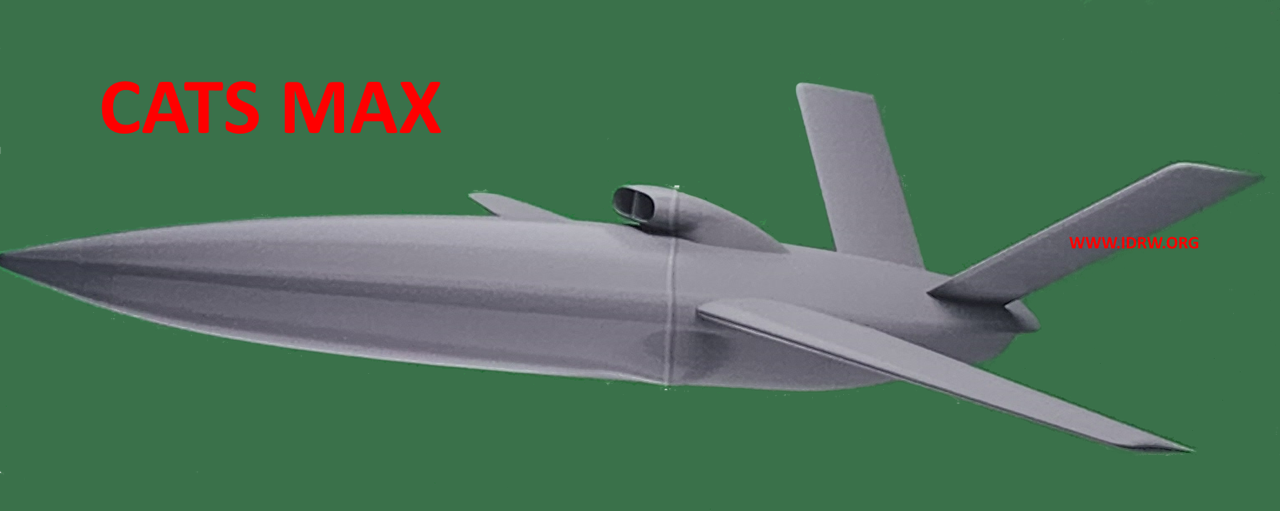
Hindustan Aeronautics Limited (HAL) is making significant progress on its unmanned combat aerial vehicle (UCAV) program, codenamed CATS Warrior. This project initially focused on the CATS Warrior, a smaller (under 1-ton) UCAV designed to operate as a “loyal wingman” for manned fighter jets and conduct deep penetration strikes.
However, new information by idrw.org suggests HAL is also developing a larger variant: the CATS Warrior II. This heavier UCAV will be a game-changer, boasting a near 5-ton All-Up Weight (AUW). Powered by a domestically produced Hindustan Turbo Fan Engine (HTFE-25), the CATS Warrior II is expected to carry a substantial weapons payload of 400-500 kg. Additionally, its impressive endurance of over 10 hours and service cruise altitude near 35,000 ft will provide significant operational flexibility.
Continue readingSOURCE: RAUNAK KUNDE / NEWS BEAT / IDRW.ORG

HAL officals shed light on idrw.org why AMCA will require unique engine thrust. Central to this development is the creation of a new engine specifically tailored to meet the unique requirements of India’s operational environment. The AMCA will be powered by two 110kN thrust class engines, ensuring superior performance and reliability even under the country’s challenging hot and humid conditions.
One of the standout features of the AMCA is its capability to supercruise, allowing it to sustain supersonic speeds without engaging afterburners. This is achieved through the powerful 110kN thrust class engines, which are designed to generate sufficient power for the aircraft’s radar and avionics systems.
Continue readingSOURCE: RAUNAK KUNDE / NEWS BEAT / IDRW.ORG

Cochin Shipyard Limited (CSL), riding high on the successful delivery of INS Vikrant, India’s first domestically built aircraft carrier, has presented a compelling proposal to the Indian Navy. The proposal outlines a significantly reduced construction timeframe for a sister ship to INS Vikrant.
Building INS Vikrant was a monumental undertaking, taking nearly 13 years from keel-laying to sea trials. However, CSL is confident of slashing this timeframe to just 7 years for the next carrier. This ambitious target hinges on two key factors.
Continue readingSOURCE: RAUNAK KUNDE / NEWS BEAT / IDRW.ORG

India’s ambitious 5th generation fighter jet program, the Advanced Medium Combat Aircraft (AMCA), is exploring the potential of 3D printing to revolutionize its production process. This integration of additive manufacturing technology could lead to significant advantages in terms of cost reduction, turnaround time, and material usage.
Hindustan Aeronautics Limited (HAL), the manufacturer of the AMCA, is actively seeking partnerships with private sector companies to leverage their expertise in 3D printing. This collaboration is crucial to minimize material waste, a common challenge associated with this technology.
Continue reading